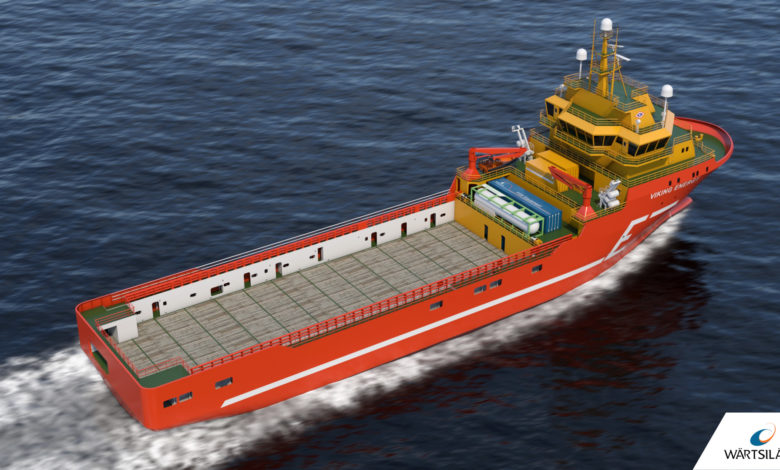Landmark ammonia fuel cell project moves ahead

The ShipFC project will equip the offshore supply vessel Viking Energy, owned and operated by Eidesvik and on contract to energy major Equinor, with a 2MW ammonia fuel cell after it was granted funding from the European Union. The fuel cell will allow the vessel to operate for at least 3,000 hours annually on clean fuel, backers of the project claim.
The ultimate goal of the project is to demonstrate the feasibility of ammonia fuel cells for ocean going vessels and long sea voyages,” said Dr Michail Cheliotis, research associate at the University of Strathclyde, lead partner in the project.
The project will consider three replicator vessel types, including a bulk vessel, an offshore construction vessel, and a containership.
“We will be looking at the entire life cycle of ammonia, from production to transport and bunkering. One of the ShipFC partners is a major supplier of ammonia, and we will be working together with them to address these issues,” Cheliotis said.
Technical and economic knowledge developed in the Viking Energy pilot will be incorporated in a broader analysis of ammonia in the maritime sector and comparison with other alternative fuels.
“Solving the ammonia–fuel cell equation for deep-sea shipping is a step in the right direction for ensuring progress in the decarbonisation process. We will need many solutions to meet diverse needs in the maritime industry, and fuel cells powered by ammonia can be among them,” he concluded.

 , owned and operated by Eidesvik and on contract to energy major Equinor, with a 2MW ammonia fuel cell after it was granted funding from the European Union. The fuel cell will allow the vessel to operate for at least 3,000 hours annually on clean fuel, backers of the project claim.
, owned and operated by Eidesvik and on contract to energy major Equinor, with a 2MW ammonia fuel cell after it was granted funding from the European Union. The fuel cell will allow the vessel to operate for at least 3,000 hours annually on clean fuel, backers of the project claim.
Scientists at Canada university have machines creating zero carbon GreenNH3 for 20 cents/L They need backing from some gov or investment. Why is nobody writing about their need or at least telling the world that there is zero carbon fuel waiting to be commercialized.